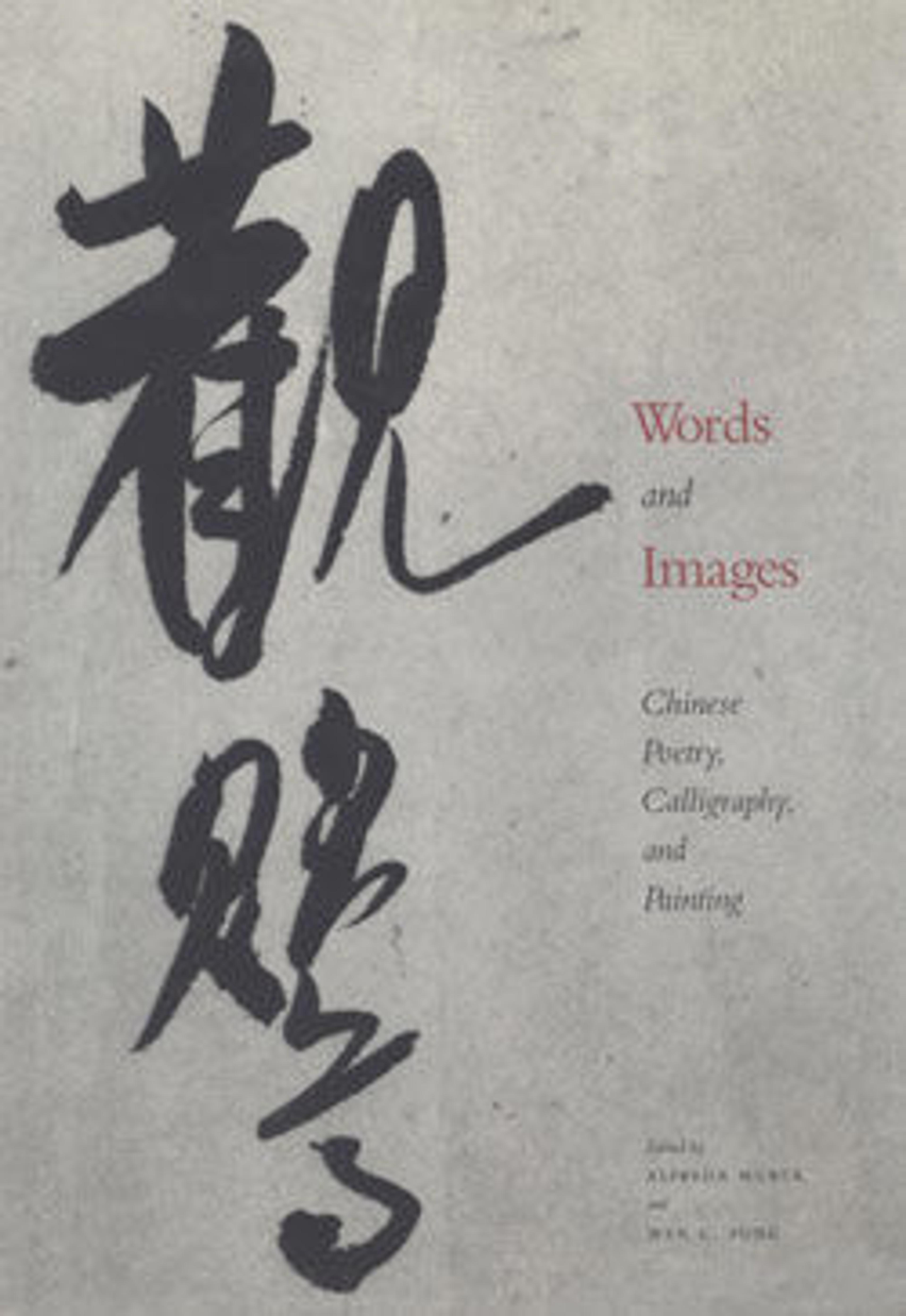Bamboo in a spring thunderstorm
This fan purports to be by the Ming dynasty artist Tang Yin (with a spurious date of 1522), but the brushwork of the painting and the calligraphy indicate that it is a copy by an artist of the seventeenth century. Nevertheless, it is a fine example of bamboo painting, in which multiple tones of ink have been used to suggest depth among the leaf-laden stalks. The poem describes a spring thunderstorm that stirs bamboo before giving way to a clear, moonlit night:
The crash of spring thunder sets the lush bamboo moving,
Sweeping the ground with its dragon whiskers and long phoenix tails.
Looking up from below the curtain I play my flute,
The bright moon fills the sky, shining on the Xiao and Xiang Rivers.
—Translation by Richard M. Barnhart
The crash of spring thunder sets the lush bamboo moving,
Sweeping the ground with its dragon whiskers and long phoenix tails.
Looking up from below the curtain I play my flute,
The bright moon fills the sky, shining on the Xiao and Xiang Rivers.
—Translation by Richard M. Barnhart
Artwork Details
- 明 唐寅 春雷墨竹圖 摺扇
- Title:Bamboo in a spring thunderstorm
- Artist:After Tang Yin (Chinese, 1470–1524)
- Period:Ming (1368–1644) or Qing dynasty (1644–1911)
- Date:17th century
- Culture:China
- Medium:Folding fan mounted as an album leaf; ink on gold-flecked paper
- Dimensions:6 13/16 x 19 5/8 in. (17.3 x 49.8 cm)
- Classification:Paintings
- Credit Line:Edward Elliott Family Collection, Douglas Dillon Gift, 1988
- Object Number:1988.394.1
- Curatorial Department: Asian Art
More Artwork
Research Resources
The Met provides unparalleled resources for research and welcomes an international community of students and scholars. The Met's Open Access API is where creators and researchers can connect to the The Met collection. Open Access data and public domain images are available for unrestricted commercial and noncommercial use without permission or fee.
To request images under copyright and other restrictions, please use this Image Request form.
Feedback
We continue to research and examine historical and cultural context for objects in The Met collection. If you have comments or questions about this object record, please contact us using the form below. The Museum looks forward to receiving your comments.
